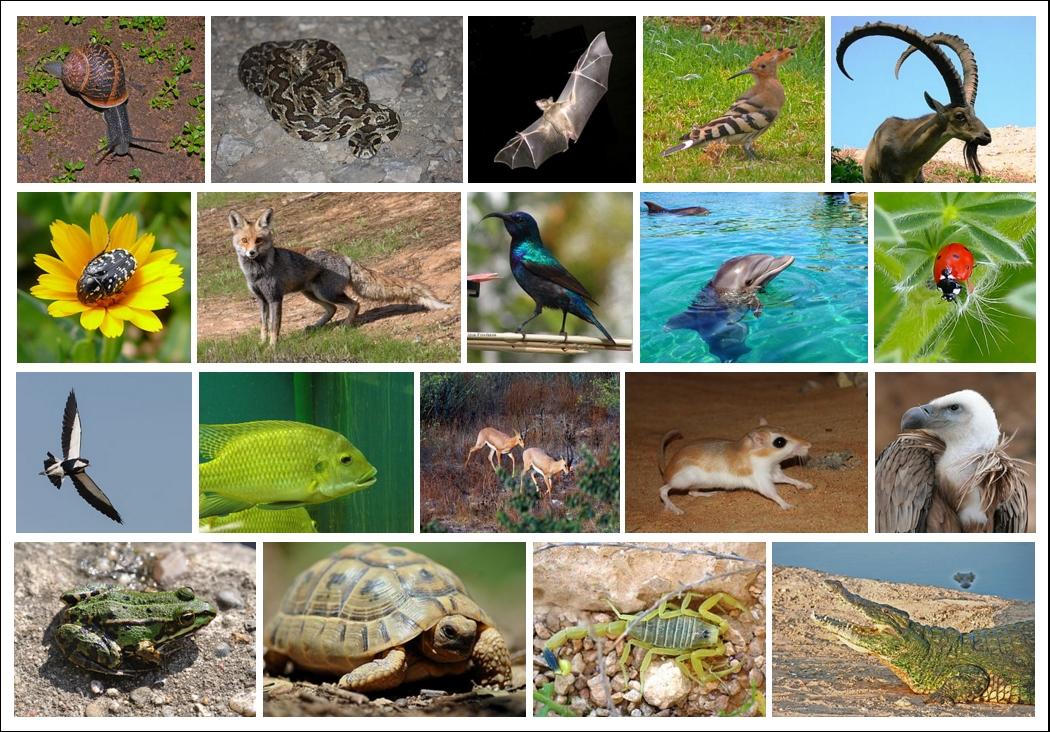Students are challenged to complete a Ziggurat temple with a working marble run attached. It is a challenge for students to construct the longest working marble run.
Integrating the Arts into Earth and Space is a culminating or review activity for 5th grade. This lesson is comprised of five engaging activities for students to complete: Collaborative Storytelling
In this kindergarten lesson we'll be learning all about bats and why they're important to our environment. Students will create a bat out of ripped up pieces of paper and will fill in a bat template
Students will plan and design a maze using the supplies provided to move one marble from the start line to the finish line. They will learn about potential and kinetic energy properties. We will use
Students will use SEEK or other species identification tools to create a database of biodiversity on campus. The lesson starts with a discussion of the importance of biodiversity to the functioning of
This lesson plan focuses on the following standards : HS.P3U2.7 Use mathematics and computational thinking to explain how Newton’s laws are used in engineering and technologies to create products to
This lesson plan will focus on different fun and engaging activities pertaining to one of the most complicated standards in physics, which is projectile motion. At the end of this lesson students are
In this lesson, students will learn about air resistance, friction, and Newton's Second Law of Motion. They will then collaborate and communicate effectively with their peers to complete an
In this lesson, students will learn the differences between kinetic and potential energy, and the meaning of conservation of energy. Students will also, compare and contrast balanced and unbalanced
This lesson plan is designed for students to investigate the relationship between force, mass, and acceleration. The lesson starts with a phenomena video and hypothesis question. It is followed by a
Students will be creating their own testing station for sound waves! Each group will get 5 glasses and will put a different amount of water in each of the glasses. Then the students will tap the glass
Students investigate options for covering a unique shaped pool with circular solar pool covers. This lesson includes using a scaled drawing to create calculations and creating a proposal.
Students will better understand gas, liquid, and solid states of matter through hands-on learning stations and a create-a-toy design challenge.
Students will design a keychain in Tinkercad, strengthening their understanding of metric units and design, while also using the following mathematical vocabulary: volume, prism, cylinder, millimeters
Creative Animal Adaptations
In this lesson, students create a brand new species of animal! Designed to be an end-of-unit activity after students have learned about different environments and animal adaptations, students will
This is a comprehensive lesson plan that takes teachers through the process of building a scale solar system out of classroom materials. It takes teachers through the Sun, the Inner Planets, the Outer
Students will conduct a lab activity to gather information about how the heart rate can be affected by rest and by exercising. They will learn how to calculate their own target heart rates using a
This lesson will explore aerodynamics, rocketry, and principles of space flights. Students will act as engineers. Their job is to research, plan, design, and build a water bottle rocket that will
When studying Life Science, students are very curious to watch animals and plants growing. In this lesson, students observe growth of baby guppies in fish tanks, understanding life cycles and growing
Featured Lesson Plans
Check out these notable lesson plans.

On Day 3, students take their journey to the next level. After gaining insights into plant life cycles and the crucial role of pollinators in the first two days, they now get hands-on and creative. In

Day 2 of this lesson plan for 1st-grade students plays a crucial role in bridging theoretical understanding with hands-on experience. It deepens students' knowledge of pollination, emphasizing the

What's on the Bee's Knees?
In this engaging and interactive lesson, we'll immerse 1st-grade students in the fascinating world of bees and flower pollination. Using a hands-on simulation activity with colored powder, students
